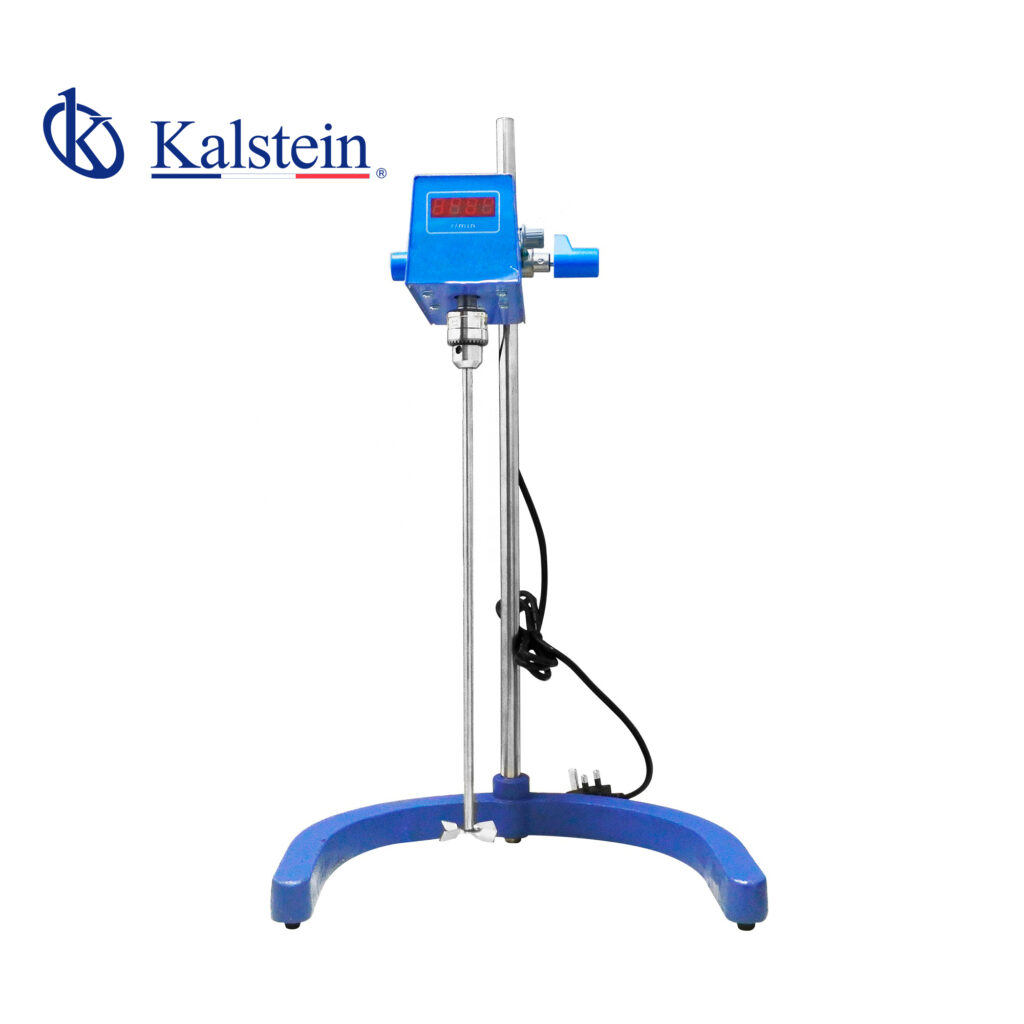Homogenizers are indispensable in any laboratory, as homogenization is a technique widely used in various fields and with various materials, such as tissue, food, soil, plants and many others. In fields such as biology and biochemistry, homogenizers are used to break up cells and disaggregate tissues, trying to achieve the least possible damage to the plasma membrane. Their operation enables biological samples to be prepared for analysis of proteins or nucleic acids, to study cells, pathogens or metabolic pathways, among other applications.
Since ancient times, numerous methods and equipment have been developed to perform the function of homogenizing or disaggregating, one of which is the mallet mortar, used for thousands of years, in fact, today it is still very common to observe it in laboratories. Other items, though some less common in laboratories, are paddle mills, mixers, grinders, among others.
Homogenizers
Homogenization is the process by which insoluble substances become soluble suspensions, through a constant process of intensive mixing. The homogenization process and the resulting emulsion or suspension depend on the materials to be mixed. This technique requires the use of homogenizers.
Homogenizers are a type of device used for mixing, but they are so powerful that, through them, solid or liquid particles can be broken up to create a homogeneous, i.e. uniform, mixture. Homogenizers available on the market can be of two types, laboratory or industrial, both equipped with the necessary components to perform their function.
Homogenizer technology
Homogenizers consist of an electric motor connected to a vertically positioned rubber part located outside the center. The motor rotates rapidly, constantly and in a circular motion when the rubber part is pressed. To carry out the mixing process, the test tube containing the sample is placed over the rubber part and squeezed, the motor’s motion is transmitted to the sample and a vortex is created. Homogenizers must be equipped with configuration buttons to manipulate speed or other characteristics. They generally need to have two functions: continuous operation and pulse operation, the latter activated when the rubber part is pressed down.
Homogenizers are ideal for obtaining uniform samples for study, or for resuspension of cells for specific elements. They are very common in biology, biochemistry, chemistry and medical laboratories, and are used for cell culture, microbiological studies or simply to make solutions and mix reagents.
Homogenizer applications
Homogenizers are used to disintegrate and mix non-soluble elements. Among the materials where they are commonly used are particles, pigments, plants, foods, chemical reagents, tissues and cells, among others. They are particularly useful in the fields of biology, chemistry and pharmaceuticals, as well as in industrial applications such as cosmetics and food. Applications include
- For quicker solutions.
- For making mayonnaise emulsions and all kinds of sauces and creams.
- For dissolving gums, powders or thickening agents.
- For making hydroalcoholic gels.
- For dissolving salts, resins, sugars or gases in base liquids.
Kalstein brand homogenizers
At Kalstein, we are leading MANUFACTURERS of medical and laboratory equipment, and we have the best homogenizers at the most competitive PRICES on the market. You can choose between an ultrasonic homogenizer or a conventional homogenizer, our conventional equipment with digital display model YR has the following features:
Extremely compact and easy to use.
Digital temperature and speed display, heating temperature: Rt-380 degrees and mixing speed: 100-1800 rpm.
Heat- and corrosion-resistant aluminum alloy housing for enhanced durability. When PURCHASING your homogenizer with us, you’ll be advised at all times to make your experience more comfortable. To view our homogenizers catalog, visit HERE

